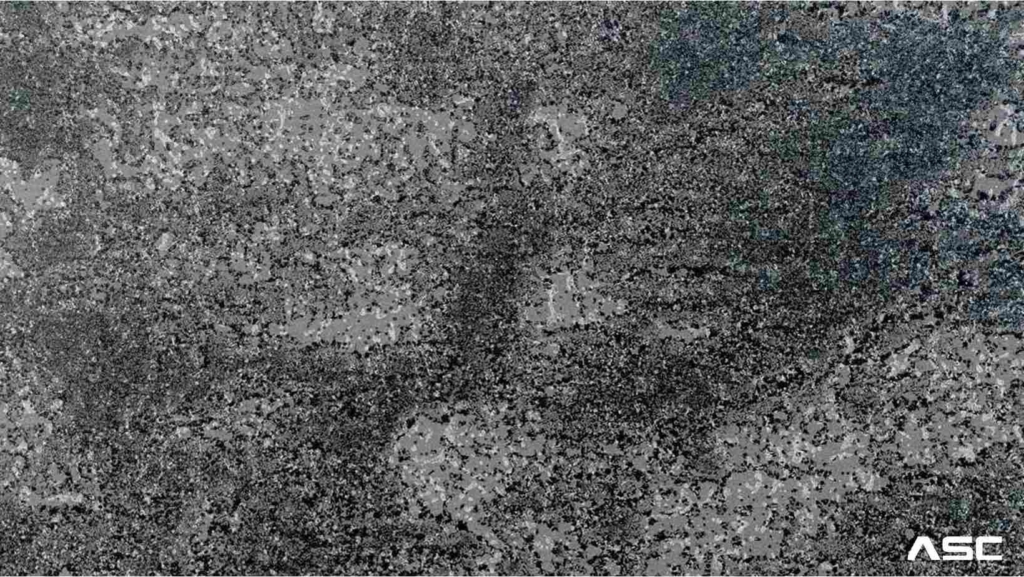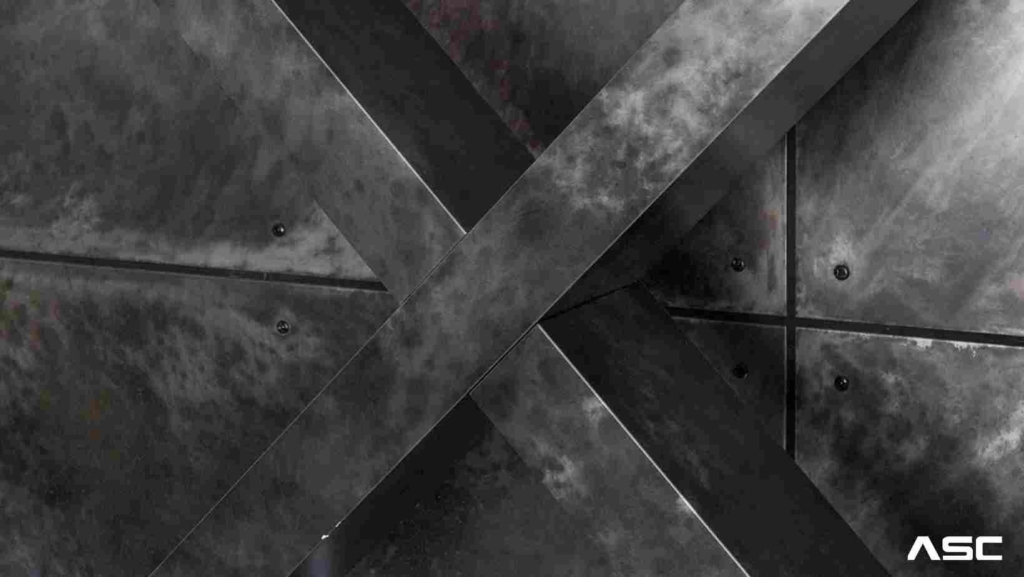Can you blacken Corten steel?

Striking and sophisticated, the use of blackened steel can dramatically change the appearance of any space. It’s unique aesthetic that’s both industrial and chic makes it easy to see why it’s being more commonly used in contemporary architecture for both residential and commercial designs.
This finish is certainly not “one size fits all”. The end result could be within a wide range of colors, as “blackening” does not necessarily mean just black. Aside from personal preference, the outcome can also depend on which method you use.
We will go over the different ways to blacken steel so you can decide which method is right for you.
It is becoming more common to use blackened steel in interior and exterior design, as the bold colors and smooth surface create intense contrasts against other finishes.
In addition to use in industrial settings, designers are now incorporating this edgy finish into retail stores, restaurants, and corporate offices. Blackened steel is now being used in even residential homes, from kitchens to bedrooms.

Blackened Steel is a brand new type of steel made from carbon and nitrogen. This is the first product made from this blend in the world, according to the company. Aside from being environmentally friendly, the steel can also be made using renewable resources, according to the company. Any material that requires high strength and toughness can benefit from this product.
The Blackened Steel is available in two different grades:
Grade 1 and Grade 2. The main difference between these two grades is their carbon content and nitrogen content. Grade 1 steel contains 65 percent carbon, 25 percent nitrogen, and 10 percent phosphorus. Steel has a high tensile strength and can withstand temperatures as low as -25 degrees Fahrenheit (-32 degrees Celsius).
Furthermore, it is heat resistant and has a long life cycle. There are two types of this grade: annealed and cold drawn. The annealed grade contains 65 percent carbon, 25 percent nitrogen, and 10 percent phosphorus, while the cold drawn grade contains less carbon and more nitrogen.
Aluminum, iron, and nickel are blended into black powder to make the grades. Black Powder Steel is composed of highly alloyed materials that provide strength without sacrificing wear resistance. Every grade is designed for a specific application, and each grade has its own unique characteristics. All grades are carefully selected for high-speed and high-tension applications with fast rotating parts. The standard grades are available in 2″, 4″, 6″ and 8″ sizes, while custom grades are available in 3/8″ as well.

Blacken Steel Finish Processes
Hot Blackening: In a hot bath of sodium hydroxide, nitrates, and nitrites (286°F), magnetite is formed on the metal surface.
Cold Blackening : During cold blackening, copper selenium compounds are applied at room temperature.
Wax And Oil: The steel is heated to 400°F, covered with beeswax and linseed oil, and reheated to set. Sometimes, only oil is used in this process.
Mid-Temperature Blackening: Similar to hot blackening, but at a slightly lower temperature (220-245 °F).
Painted Products: Panels or sheets of metal are painted to look like blackened steel. Instead of going through a chemical process, the steel is painted black oxide.
Preparing To Blacken Steel
All methods of blackening steel require some preparation before you begin.
To prepare the metal for blackening, it must be cleaned and pretreated. Unwanted finishes can occur if surfaces are not properly prepared prior to blackening.
Surfaces can be cleaned with alkaline detergents by removing oil, grease, and rust. Acetone and denatured alcohol are also excellent solvents for removing contaminants. Rinsing with clean water that has not been contaminated by previous rinses is also crucial.
It may be necessary to blast clean, acid pickle (muriatic acid), use a wire brush, or chemical strip some surfaces with severe rusting. To remove more difficult residue from steel, these measures are used.







Leave A Comment